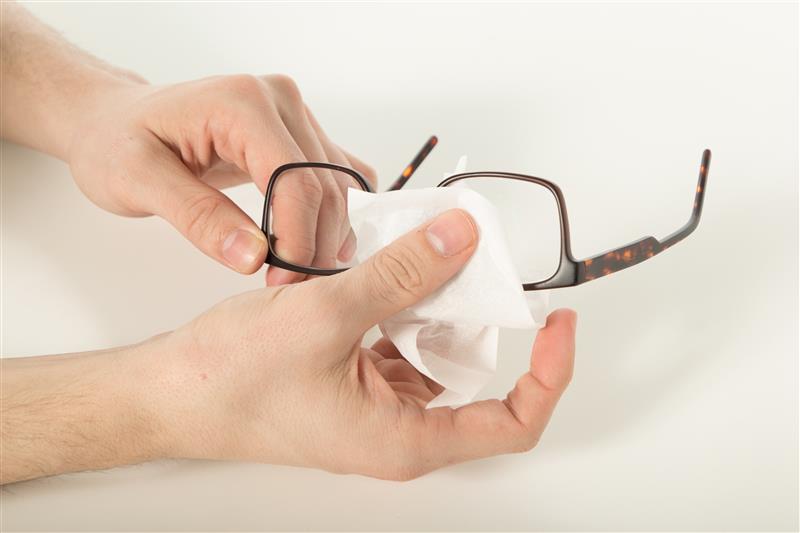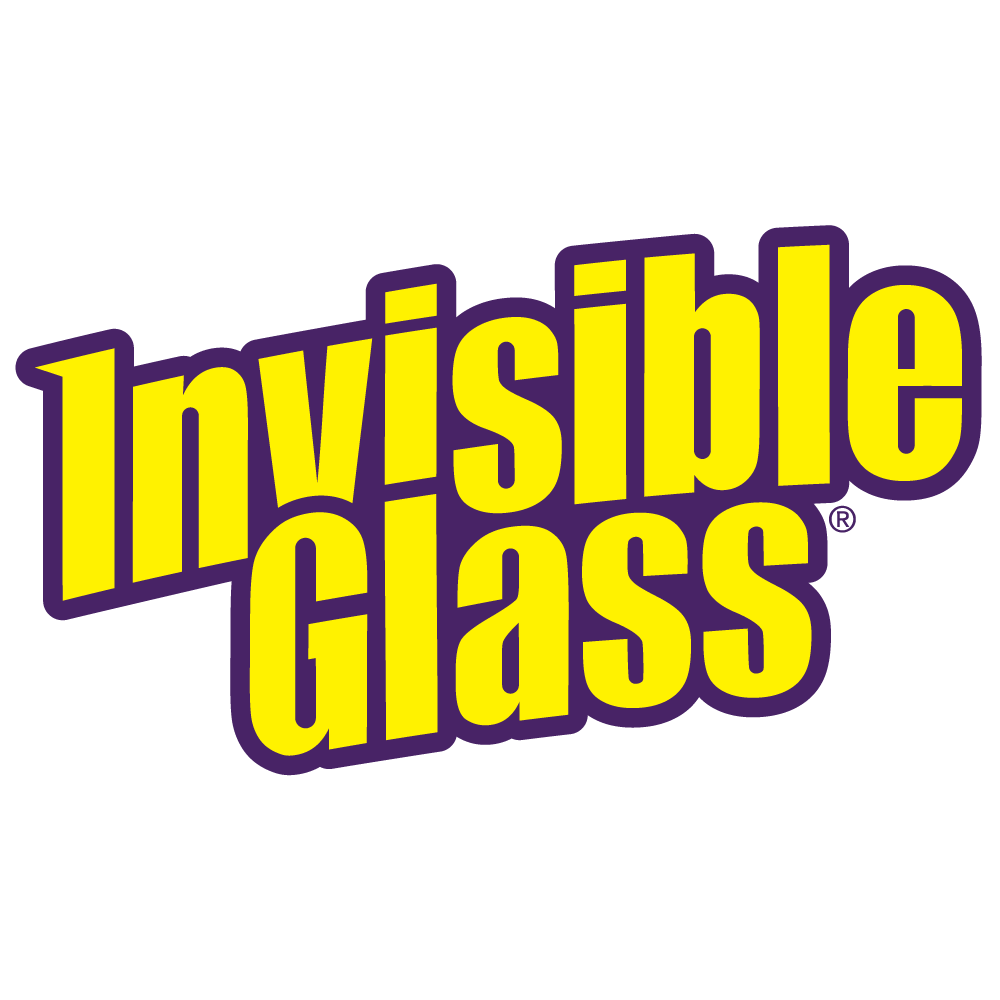
Cleaning glass and cleaning eyewear may appear to be the same job on the surface. Both deal with smudges, streaks, and spots that interfere with visibility. But the similarities stop there. The materials, coatings, and risks involved call for very different tools and techniques. Knowing how to treat each surface properly keeps your view clear and your lenses safe from damage.
Cleaning Glass Surfaces
Glass surfaces, including windows, mirrors, and tabletops, can withstand stronger cleaners and higher pressure than sensitive lenses. These surfaces are built to be durable, allowing you to focus on results. The goal is simple: remove fingerprints, dust, smudges, water spots, and residue from leftover product to restore a clean, crystal-clear view.
Tools and Products for Glass Cleaning
The tools you choose make a big difference. Microfiber cloths are most effective because they trap dirt without scratching. Squeegees are helpful for large windows and leave behind a smooth finish. For cleaning solutions, a product like Invisible Glass delivers streak-free clarity, dries fast, and works well across mirrors, windows, and windshields. Avoid using paper towels or rough sponges, as they can leave lint behind or damage the surface over time.
Techniques for a Streak-Free Shine
Start with a dry microfiber cloth to lift loose dust or grit. A gentle dusting helps prevent scratches once the liquid cleaner is applied. Spray the cleaner directly onto the surface or cloth, depending on the area. Use small circular motions for problem spots, then finish with long, even strokes—either side to side or up and down—for a polished, streak-free look. For hard water stains, try a vinegar-and-water mix or use a product designed to cut through mineral buildup.
Glass Cleaning Mistakes to Avoid
Direct sunlight is the enemy of a clean finish. When glass gets hot, cleaners can dry too quickly, leaving streaks behind. Timing matters, so aim to clean in the shade or during cooler parts of the day. Another common misstep is overusing the product. Too much cleaner can leave behind residue that attracts more dust and grime, undoing your hard work.
Cleaning Eyewear Lenses
Eyewear lenses—including prescription glasses, sunglasses, and safety goggles—require a gentler approach than standard glass. Most lenses include coatings such as anti-reflective, UV protection, or scratch resistance. These coatings enhance clarity and reduce glare, but they can break down if exposed to harsh chemicals or improper cleaning techniques.
Tools and Products for Eyewear
Use cleaners explicitly designed for coated lenses. A solution like Home Clear Plastic Cleaner lifts away smudges and oils without damaging sensitive surfaces. Pair it with a soft, clean microfiber cloth to prevent scratches. Avoid using paper towels, tissues, or clothing, as they can leave lint or cause surface damage over time.
Techniques for Cleaning Eyewear
Begin by rinsing your lenses under cool or lukewarm water. This step removes dust that could scratch the surface while wiping. Apply a small amount of Clear Plastic Cleaner to each lens and gently clean using circular motions with a microfiber cloth. For frames, hinges, and nose pads, use a soft-bristled brush or cotton swab to remove buildup gently.
Common Mistakes in Eyewear Cleaning
Using household glass cleaners is a common mistake. Many contain ammonia or alcohol, which can damage lens coatings and reduce the clarity of the lenses. Another issue is rinsing with hot water, which may warp frames or weaken adhesive layers. Stick to lens-safe products, soft cloths, and water at room temperature.
Key Differences Between Glass and Eyewear Cleaning
Glass and eyewear may both appear clear, but the way you care for them is very different. From durability to cleaning frequency, each surface demands its own approach. The tools and products you use can either protect or damage the finish, depending on the material being worked on. Here's a side-by-side look at what sets the two cleaning jobs apart.
|
Category |
Glass Surfaces |
Eyewear Lenses |
|
Surface Durability |
Can handle stronger cleaners and more pressure |
Requires gentle solutions to protect lens coatings |
|
Tools |
Uses microfiber cloths, squeegees, and spray cleaners |
Uses microfiber cloths, lens-safe sprays, and soft brushes for detail areas |
|
Cleaning Frequency |
Can go longer between cleanings |
Needs frequent cleaning due to skin oils and environmental exposure |
|
Product Formulation |
Products like Invisible Glass remove streaks on large surfaces |
Products like Home Clear Plastic Cleaner are designed for coated, delicate lenses |
Two Surfaces. Two Approaches. One Clear Standard.
Glass and eyewear may look similar, but the way you clean them makes all the difference. Each surface has its own level of durability, cleaning requirements, and best-fit products. Using the proper tools and cleaners helps you avoid damage and maintain a streak-free finish. Invisible Glass works best for windows, mirrors, and other large surfaces. Clear Plastic Cleaner is effective for cleaning delicate eyewear and lenses with protective coatings.
By following simple techniques, you can achieve professional results every time. With regular care and the right approach, you can protect your view, extend the life of your surfaces, and keep everything looking its best.



